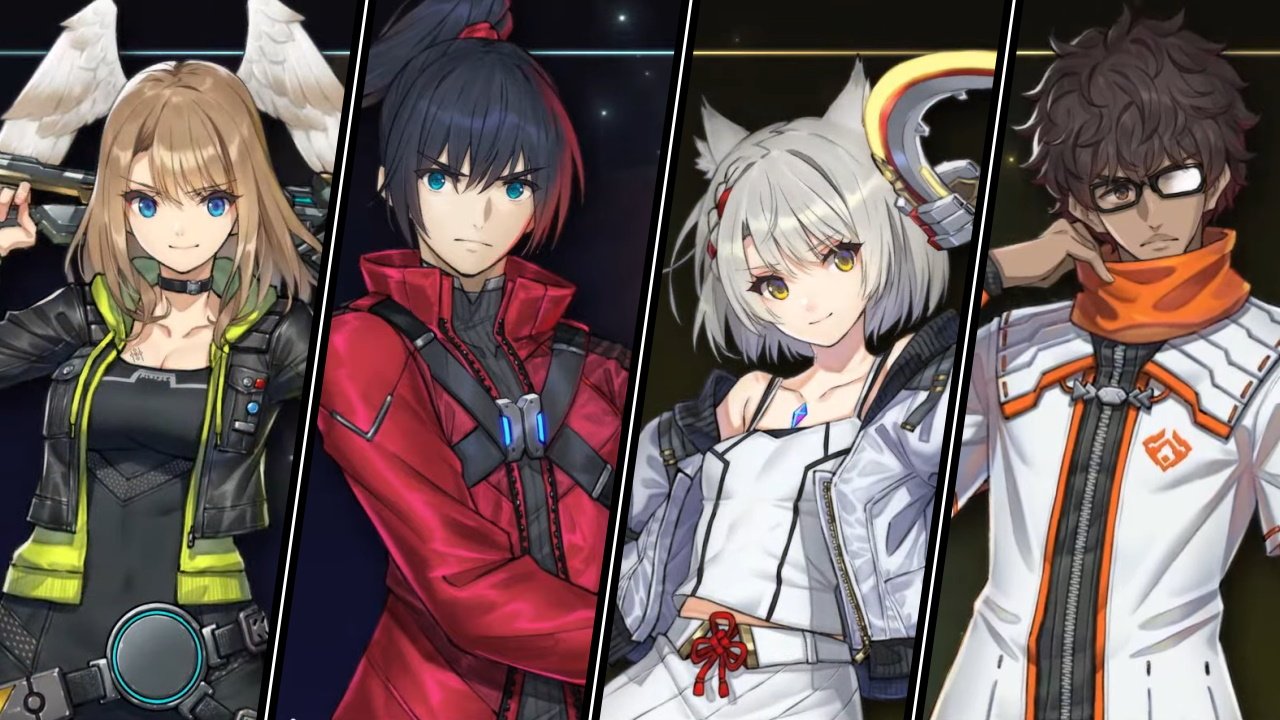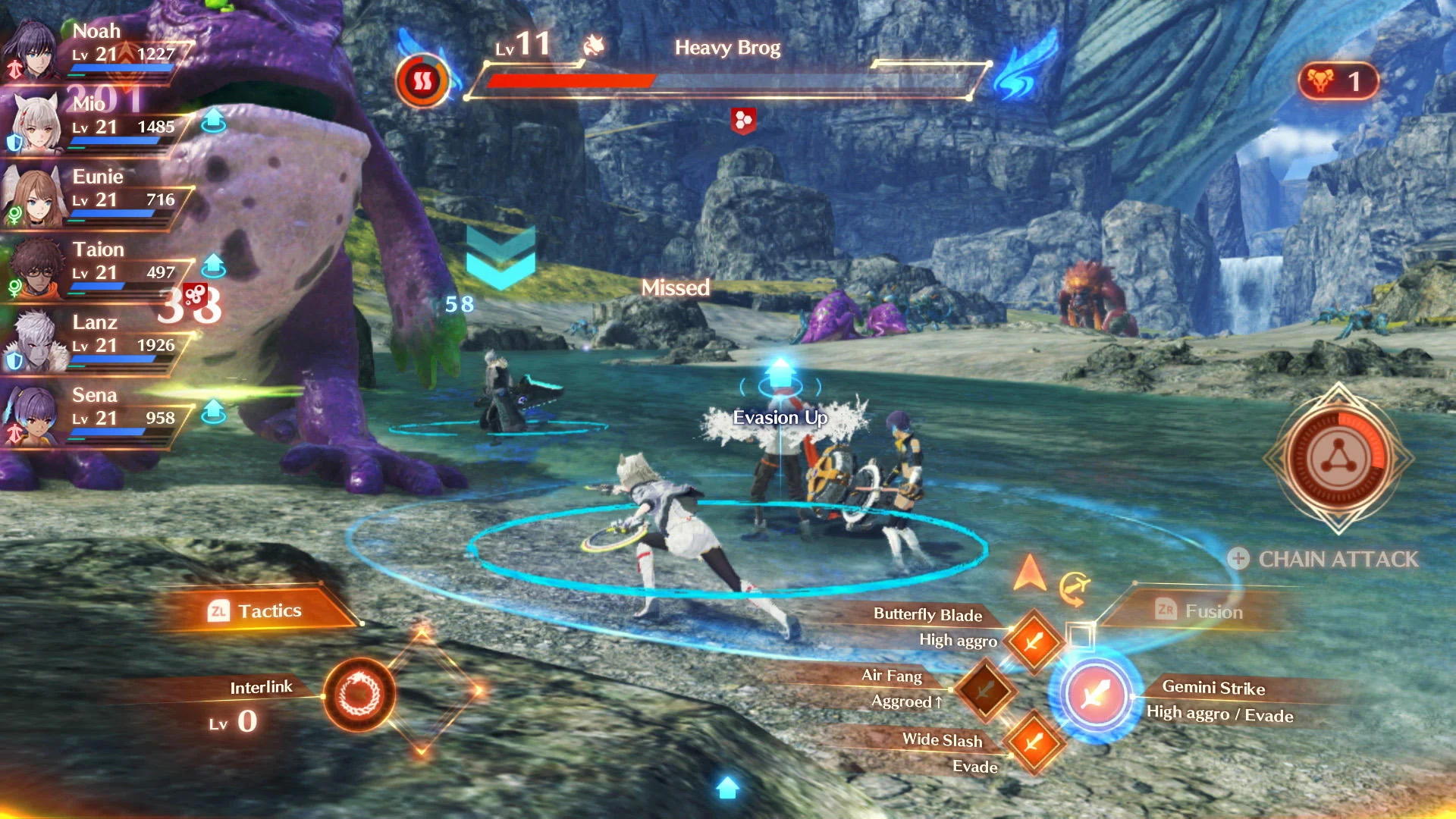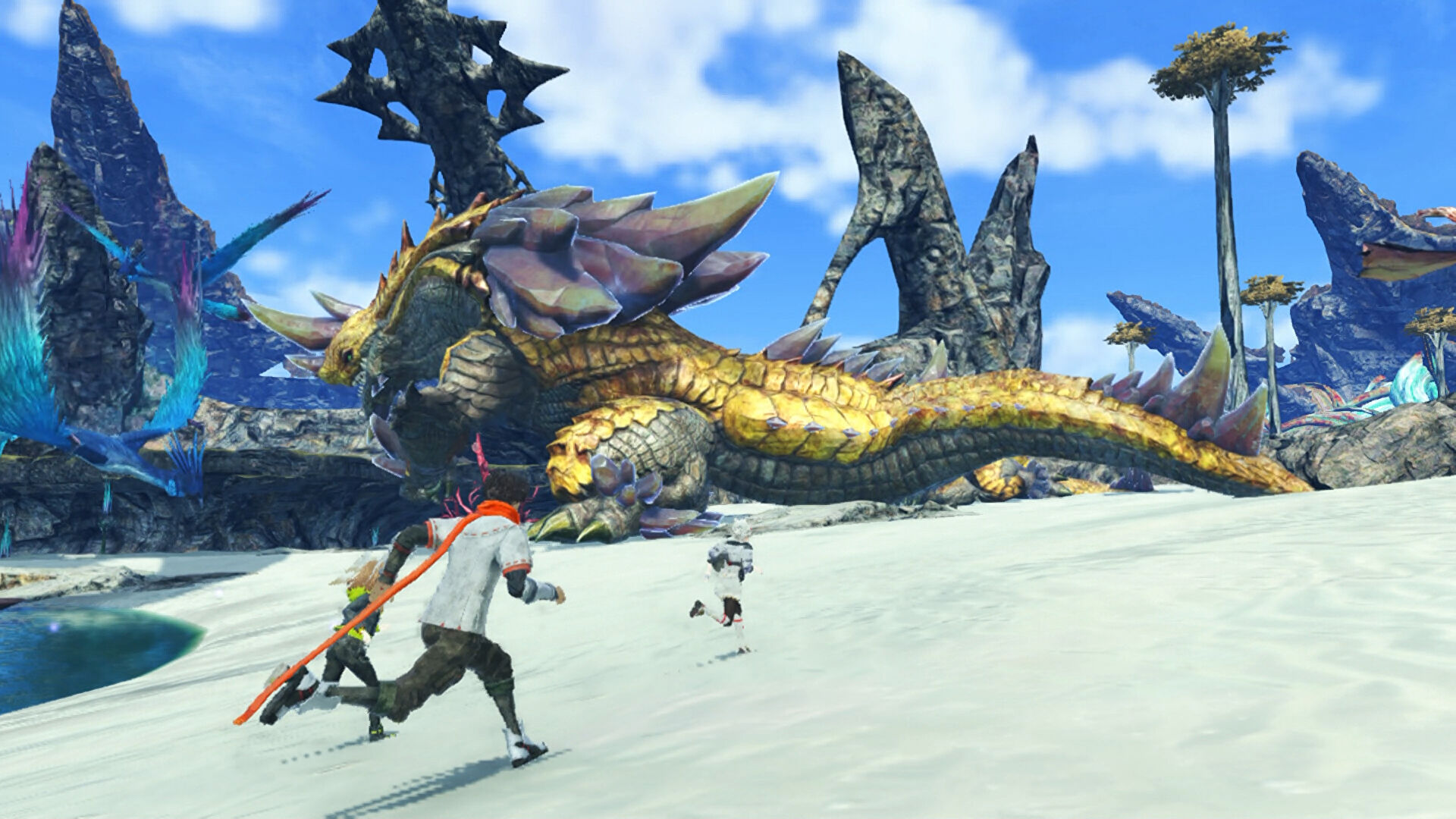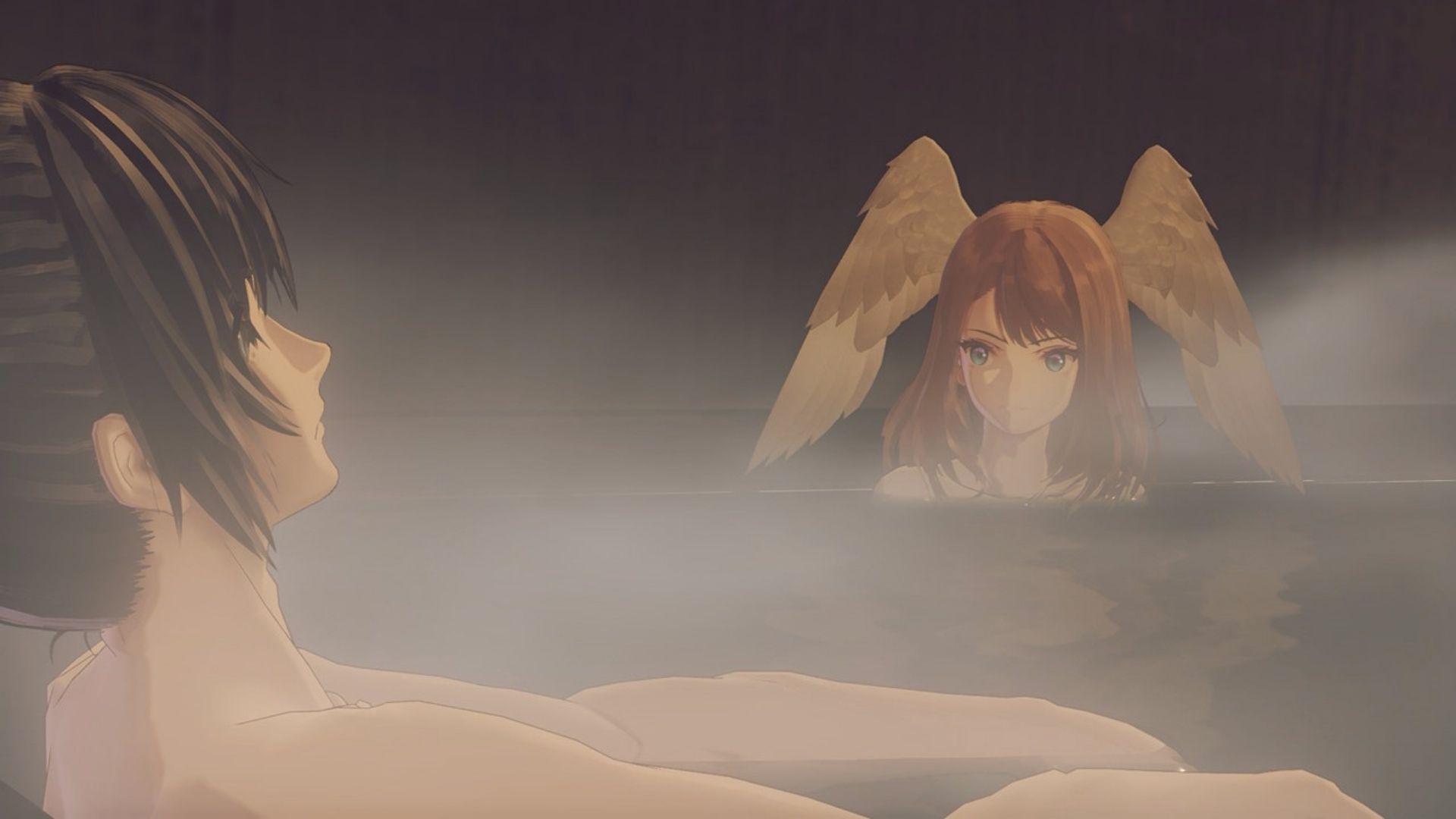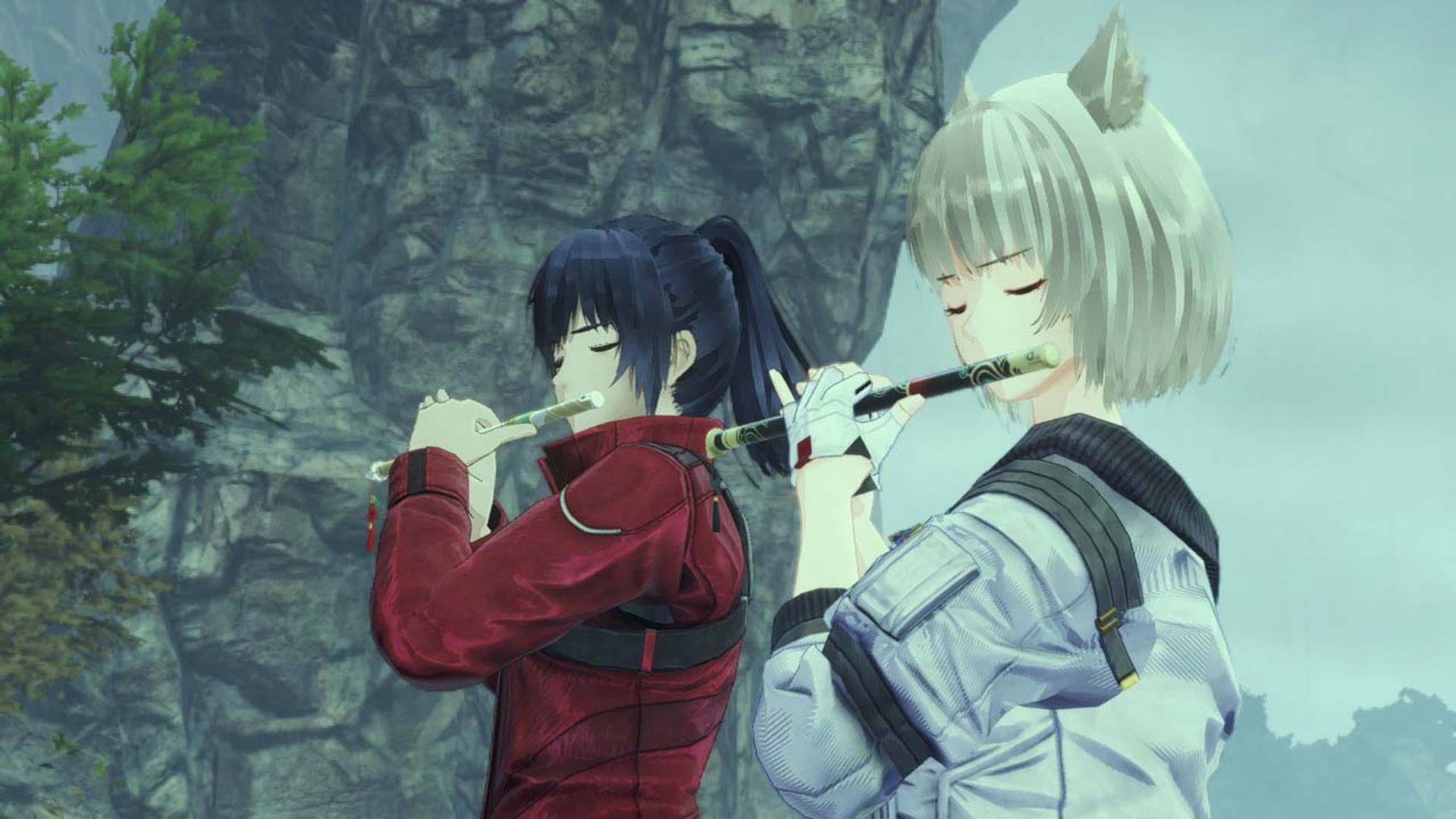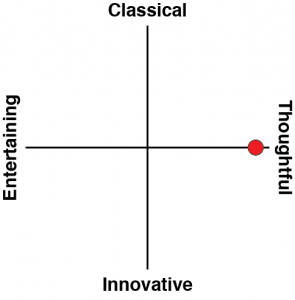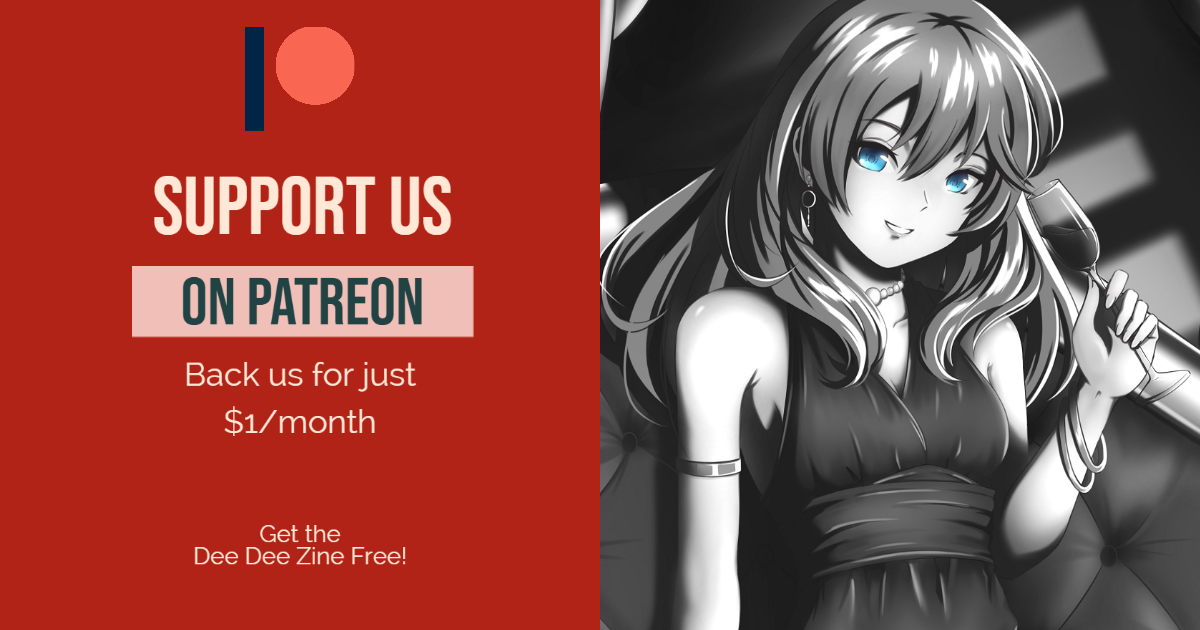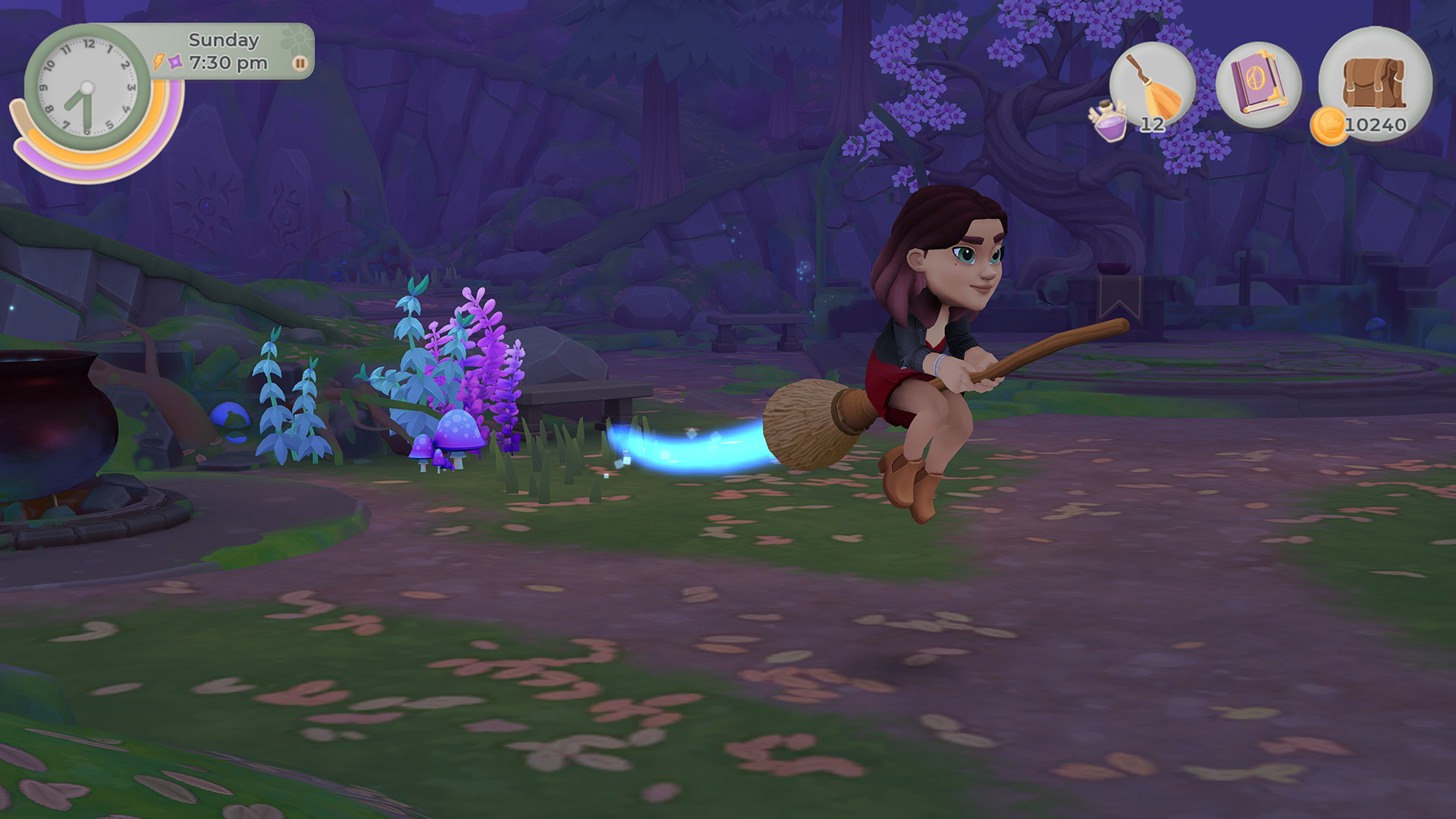There are a lot of big, world-shattering things that go on in Xenoblade Chronicles 3, and yet the best parts of it are the interactions between the small, close-knit group of characters that form the core of the story. This was much the same with the two immediate predecessors, but with this latest title the developer, Monolith Soft, has somehow managed to refine the narrative strengths while also broadening the already-epic scope of the franchise. It’s frighteningly good storytelling.
Xenoblade Chronicles 3 has a narrative that is difficult to talk about in the context of this review, as the major plot points are tied into the way the game relates to its two predecessors. Indeed, if you haven’t played Xenoblade Chronicles Definitive Edition and Xenoblade Chronicles 2 (with DLC), then you’re going to miss a big slice of what this third game offers. You’ll still be able to follow along with it, but it’ll be like trying to read the final third of The Lord of the Rings having only been given a vague summary of what happened in the preceding chapters.
However, the crux of it is this; there are two rigidly-militant factions that are in a state of perpetual war with one another, and the world around them is dying for reasons that people seem unaware of (and uncaring of in the face of the more immediate conflict). The core group of heroes in the story are three people from each side who, through events, realise that there is something deeply wrong with this conflict and both of their sides, and so embark on a quest for answers. Now fugitives from their former comrades, they uncover some truly startling revelations about the world, and their role in it.
There is so much to unpack in Xenoblade Chronicles 3. From the overtones of fascistic militarism that our heroes’ lives work organised within, through to themes of fate, determinism, and environmentalism that are touched on throughout the narrative, anyone that saw the deeper meanings in the previous Xenoblade Chronicles titles will find this one equally evocative. However, as I noted at the start, it’s the relationship between the characters that I found most appealing this time around. Early on in the story, we see that their teams are bonded from the youngest of ages to fight as a unit, and this comradeship informs every part of their lives. At the same time, so long as they exist within their communities, it’s a utilitarian relationship, designed to allow them to fight effectively together, and little more.
Once liberated from that oppressive society, we can see that they start to explore a broader range of emotions within their relationships… with the added quirk that half of their companions were, formerly, enemies. A simple scene early on highlights this; where once women bathed with men (and it was all completely non-sexual), the newly liberated group discover a change of clothes that allow them to cast off their oppressive military uniforms. Suddenly, however, it occurs to the women to be embarrassed to strip in front of the men, so they take off to find a tree to hide behind. That’s just one throwaway example, but the deepening relationship, from military ally to a friend (and potentially more) that occurs over the course of Xenoblade Chronicles 3 allows for a lot of touching, amusing, and dramatic interactions. It draws you effectively into the group dynamic and encourages you to play on just to see how that all plays out. In short, you really do come to care about this mob. Even if one of them is a dead ringer for Moss from The IT Crowd. Once you see that you won’t be able to unsee it.
In terms of storytelling tone, Xenoblade Chronicles 3 is closer to the original than the second. It’d be easy to chalk that up to a relatively soft approach to fan service (in comparison to XC2 which was… not light on it at all), but the characterisation and general dynamics are more akin to that game too. The performances, meanwhile, have built on beautifully from both titles. Three titles in, the developers are more comfortable with working with British accents, and now they’re there with a nod and a wink where once the efforts were overly earnest. Some of the in-battle and post-battle quips are almost certainly throwbacks to the “now it’s Reyn time” meme that came from the first. The fact that people hated these accents and performances from the first two games, only for the developers to get very playful with them this time around, is another subtly delightful example of how the series has “grown in” to what XC3 offers, and yet another example of how the developers have really made this game the cumulation of everything they learned over more than a decade of ongoing work.
As a final note on the story (from this review, at any rate. Eventually, we’ll start unpacking the deeper themes of the Xenoblade Chronicles series, and this title in particular, but that’ll be when we can start digging into spoiler territory and actually dissecting those key meanings), it needs to be noted that there’s a heavy theology bent to the philosophy of XC3. Takahashi Tetsuya, the founder of Monolith Soft and the creative drive behind Xenogears, Xenosaga and Xenoblade Chronicles, has always had a fixation on religion as a motivating energy within his work. It was more aggressive back with Xenogears and Xenosaga, but Takahashi’s particular interest in nihilism and Jungian psychology as applied to theology has a big role to play in Xenoblade Chronicles 3 as well. This game is particularly interested in reflecting on the transitory nature of life and the way that our understanding of what happens at the end, versus the way that we value and see life, can influence our behaviours in the world. It’s excellent, it’s smart, and like so much of Xenoblade Chronicles 3, it feels like the refined culmination of Takahashi’s body of work to date.
Unfortunately, the elegance and confidence with which the story is told contrasts mightily with the combat system, which is abstract and impenetrable to an almost broken degree. For a game that, fundamentally, is just asking you to position your hero in an opportune position relative to the opponent so that they can then slam them with a series of positional MMO-style attacks, Xenoblade Chronicles 3 throws a lot of systems at players to manage. Thematically the ideas are sound; the team are a group of highly bonded warriors, so naturally, the combat system should feature ways with which their attacks can synergise with one another. As good as the idea is, by the time you’ve got beyond the introductory dozen or so hours, the busywork involved in maximising all those systems is too overwrought for its own good.
With that being said, it’s not hard to learn this combat system. The tutorials are sound, and the game gives you plenty of time to try out each new feature and concept before introducing you to the next one. Nonetheless, the grand sum of it is, simply, unwieldy. As someone who has always preferred elegant and “clean” combat systems, I’ve always found Xenoblade Chronicles to have an alienating approach to its own combat, and with Xenoblade Chronicles 3, the developers decided to add to the complexity, rather than take the opportunity to try to distil it down a little.
You’ll be spending a lot of time fighting, too, because while Xenoblade Chronicles 3 has a world to explore that is almost staggering at scale (fitting on the Switch is an incredible feat), it is also teeming with monsters and other things to slay, with each mob generally just a few steps away from the last. Spend too long in an area and that’ll start feeling like a grind, but at least the drip-feed of new enemies from one area to the next keeps things nicely varied. The other thing that helps keep the combat feeling worthwhile is the explosion of resources that each defeated enemy drops. That, coupled with the sheer volume of resources and materials that lie on the ground waiting for you to pick them up, represents the least refined and timid side of Xenoblade Chronicles. This system comes across as a desperate belief by the developers that they need to tap into OCD impulses, lest players will get bored of exploring and fighting. It’s unnecessary. The world is interesting enough to explore just to find the vistas, and the combat system, as overwrought as it is, is entertaining. We didn’t need the trail of breadcrumbs to incentivise the journey.
Speaking of those vistas, Xenoblade Chronicles 3 aims for scale rather than detail, and pulls it off with incredible style. When you zoom in to the micro-level, the grasses, monster and character designs are dominated with a simple elegance that is by no means unpleasant, but the polar opposite of what we’re used to most developers aiming for. Meanwhile, when you’re standing on the edge of a cliff, looking out at the world in front of you, the artistic vision is incredible. To relate it to Dark Souls or Elden Ring momentarily (I promise this isn’t a “this is the Dark Souls of…” cliché): One of the great strengths of those games is that they’ll design the environments so that you’ll keep getting a tantalising sight of something far off in the distance – a castle, giant tree or dark forest – knowing full well that you’ll be exploring it soon enough. In a genre that is as focused on telling the story of the journey as the JRPG is, being able to hint at what is to come is an enormously powerful motivating factor. Xenoblade Chronicles 3 does much the same as those From Software masterpieces, only at an even more grand scale, and with the promise of an even grander adventure at the end of the rainbow.
Finally, all of this is supported by a richly textured soundtrack that cleverly takes the key themes and motifs from the previous titles and works them cleverly into an expansive new score that layers on the emotional resonance of the new game. Even more than the narrative, it is that soundtrack that ties the entire trilogy together and makes Xenoblade Chronicles 3 such a rich and nuanced work.
Taken by itself, Xenoblade Chronicles 3 is a spectacular example of an epic JRPG. Yes, the combat system is a little too overcooked for its own good, but the developer holds your hand nicely so that by the 40th hour the explosion of numbers, flashy attacks, and intertwined systems somehow makes sense. Aside from that, though, it’s a game that, for its size, is one of elegance and maturity. And that’s when you take it by itself. Philosophical, humorous, emotional, dramatic and always entertaining, Xenoblade Chronicles 3 is going to be better remembered not for being its own entity, but rather like the third chapter in any great trilogy; as the perfect escalation of over a decade of storytelling to an enormously satisfying and appropriately epic conclusion.
